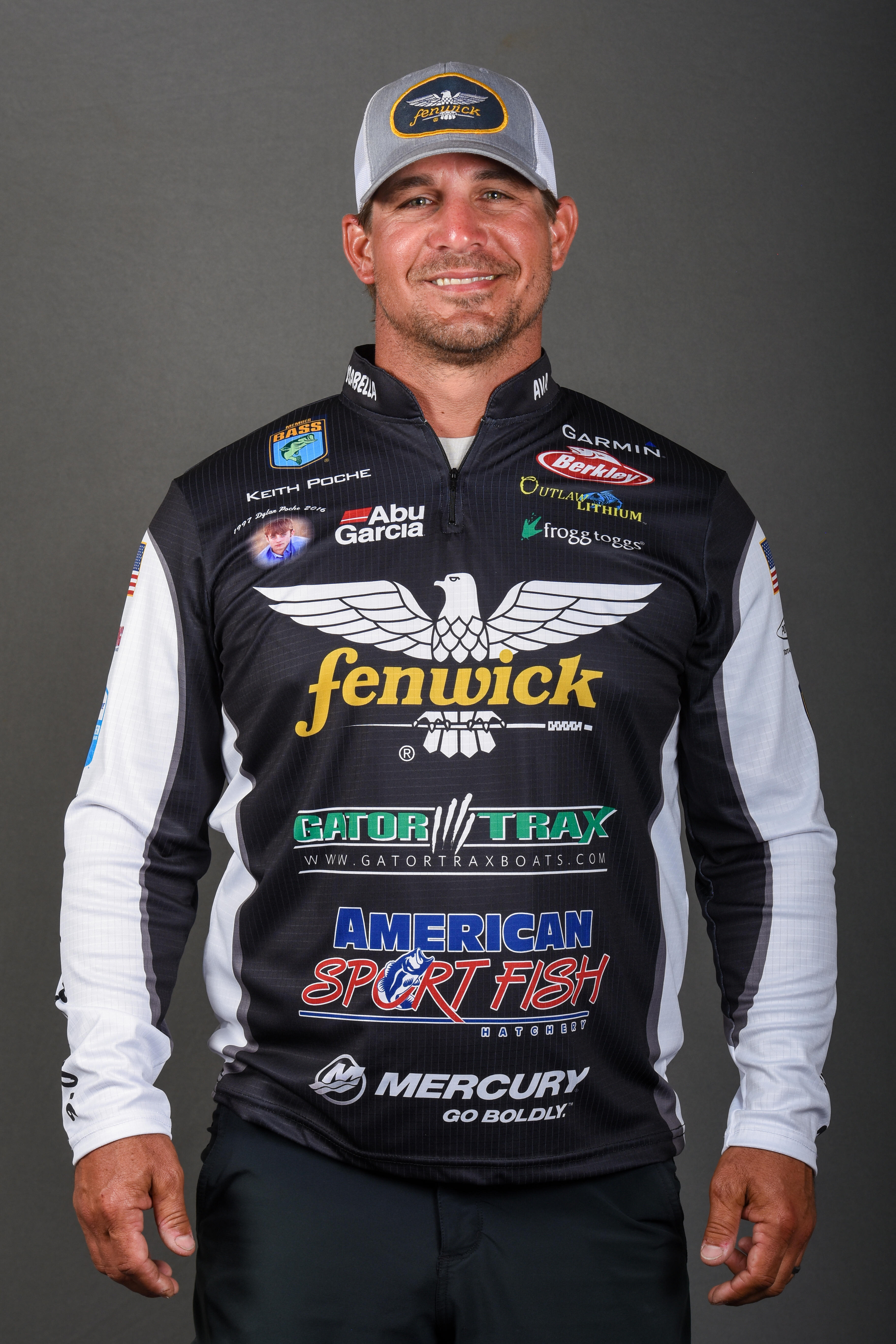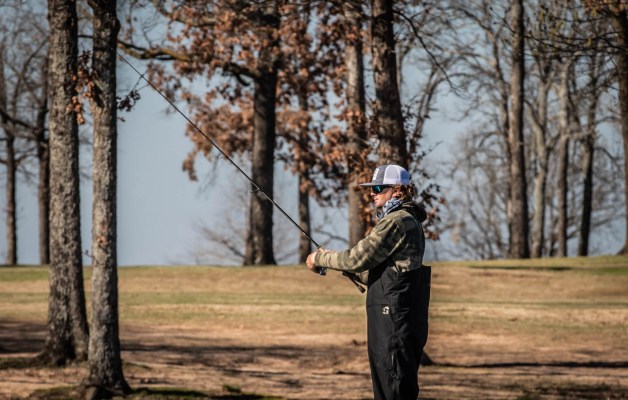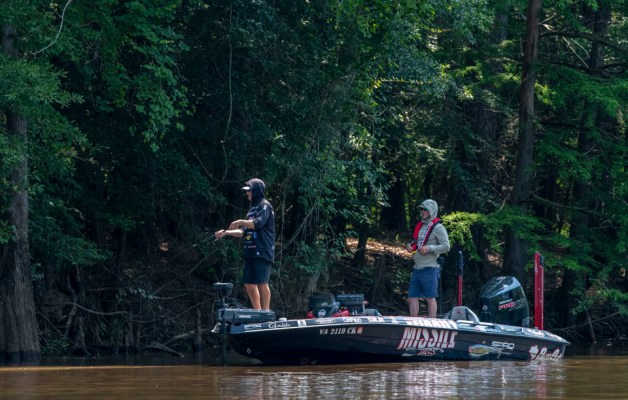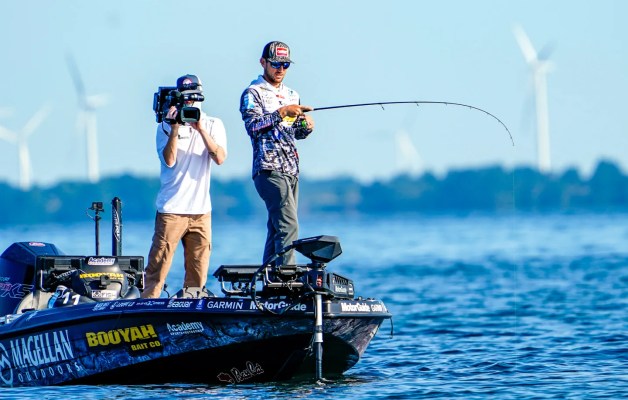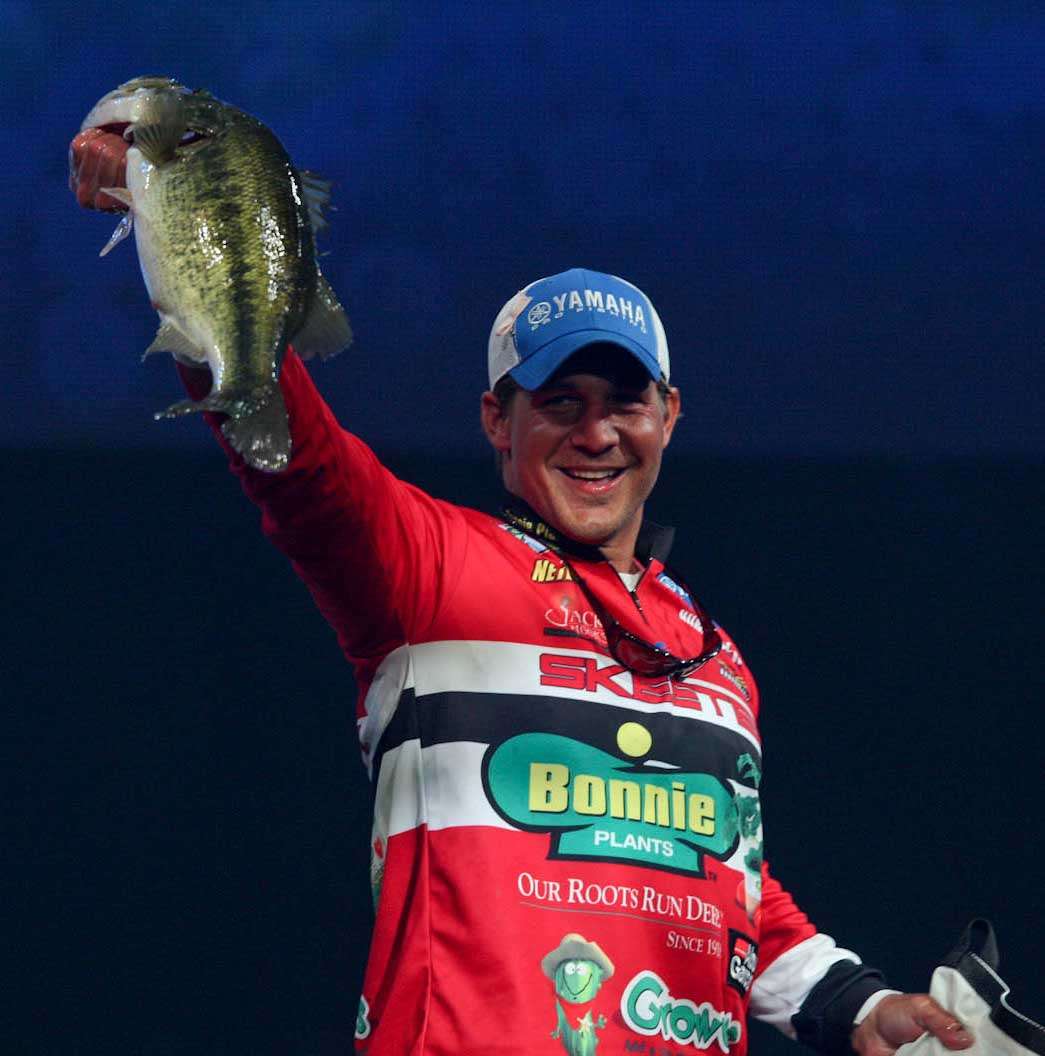
Stickworms have been around since the 1990s, and little has changed with them over all those years. Anglers Texas rig them or wacky rig them, add weight or fish them weightless. No matter how you rig them, though, they catch fish. They’re weedless and snag-resistant and get into the places where bass live and feed. If they have any shortcomings at all it’s that you need to fish them slowly and can’t cover a lot of water with them.
At least that was true until now.
I was talking about fishing with some buddies a couple of years ago, and someone had a broken Beetle Spin. (I’m sure you remember the old Beetle Spin. It was a little spinnerbait that absolutely hammered bluegill and other panfish.)
I got to looking at the little spinner on the Beetle Spin and began thinking about ways to add a little flash and vibration to other baits. Before long, I had taken a Tru-Turn HitchHiker and attached a swivel and Beetle Spin blade to it. Then I screwed the HitchHiker into the back of a NetBait Salt Lick and gave it a try. I’m really glad I did.
If you want to add a whole new dimension to your stickworm fishing, you need to try it, too. The little blade coming off the tail of a stickworm adds incredible action and flash. Best of all, it lets you cover water with a bait that bass have a hard time resisting. Whenever bass are in five feet of water or less, you can bet I have one tied on. This is the bait and the rig that took me to a third-place finish in the 2012 Bassmaster Classic.
Back then, I was making each rig myself. Now I’m working with Humdinger Spinnerbaits to produce the Keith Poche Power Spinner. Here are some tips that I know will help you catch more bass with this rig.
1. When to fish it
My favorite time to fish the Power Spinner is in the prespawn, but anytime there are bass in five feet of water or less, it’s a good choice. They’ll eat it 12 months out of the year if you can find them shallow.
The prespawn is particularly good, though, and the rig will catch everything from little buck bass to the biggest females you can find. It’s just a great combination of subtlety and flash that really works.
2. Rigging and gear
My favorite stickworm to use with the Power Spinner is the NetBait Salt Lick. NetBait is a sponsor of mine, but they’re a sponsor because I love their products, and the Salt Lick is my favorite. It’s the best choice I’ve found for the Power Spinner because it’s tougher than other stickworms, and that means it’ll hold onto the Power Spinner better. I like the 5-inch Salt Lick for most of my fishing, but I’ll drop down to the 4-inch model if the forage is really small or I’m not getting bit on the bigger bait.
I start by clipping off about 1/4-inch of the tail on the Salt Lick to make it more blunt and give me a better base for screwing in the Power Spinner. It’s just easier to work with a little more plastic.
Next, I thread the bait on the hook. For that, I like a Gamakatsu 4/0 Extra Wide Gap offset worm hook. The offset part is important because it provides that little shoulder to help hold the bait on. Since bass will sometimes strike at the back of the stickworm when fishing the Power Spinner, I like to run the hook way back in the bait until the bend of the hook is about 3/4 of the way down the Salt Lick. This will help you catch just about every short-striker that comes along.
I like to fish the Power Spinner rig on a 7-foot, 3-inch medium-heavy casting rod with an Abu Garcia Revo STX (7:1 gear ratio) and 15-pound-test Berkley 100% Fluorocarbon line. The rig is stout enough to handle a big fish, but light enough to make a long cast and effectively work the bait.
We offer several blade choices with the Power Spinner, including silver, gold and red blades and Colorado and willowleaf designs. I like silver blades when it’s bright and the water’s clear, gold or red blades if the water’s dingy and willowleaf blades when I’m fishing grass.
3. Retrieves
One of the best things about the Power Spinner is how simple it is to use. I usually like to make a long cast (shallow bass can spook easily) and let the bait sink for four or five seconds. Then I slowly crank it back, trying to keep the bait around 6 inches under the surface. A steady retrieve usually works for me, but I’ll experiment if the action is slow. One of the great things about the Power Spinner is that it works well when the wind is blowing and when fishing a weightless bait is almost impossible because you can’t maintain contact with it.
If a steady retrieve isn’t working very well, I’ll retrieve the bait slowly for a few cranks and then pop it with my rod tip before killing the bait and letting it fall. You’ll be surprised at how many times that will trigger a strike from a bass that was following the bait but not ready to commit.
One reason the Power Spinner is so effective when it’s falling is that the bait will actually fall away from you on a slack line and the spinner will keep turning. That means its dropping right into the face of any bass that might be following, and not many of them can resist that. Killing the bait in that way is a great method for catching any bass you find trailing the lure.
Just as with regular stickworm fishing, it’s almost impossible to fish this rig “wrong.”

